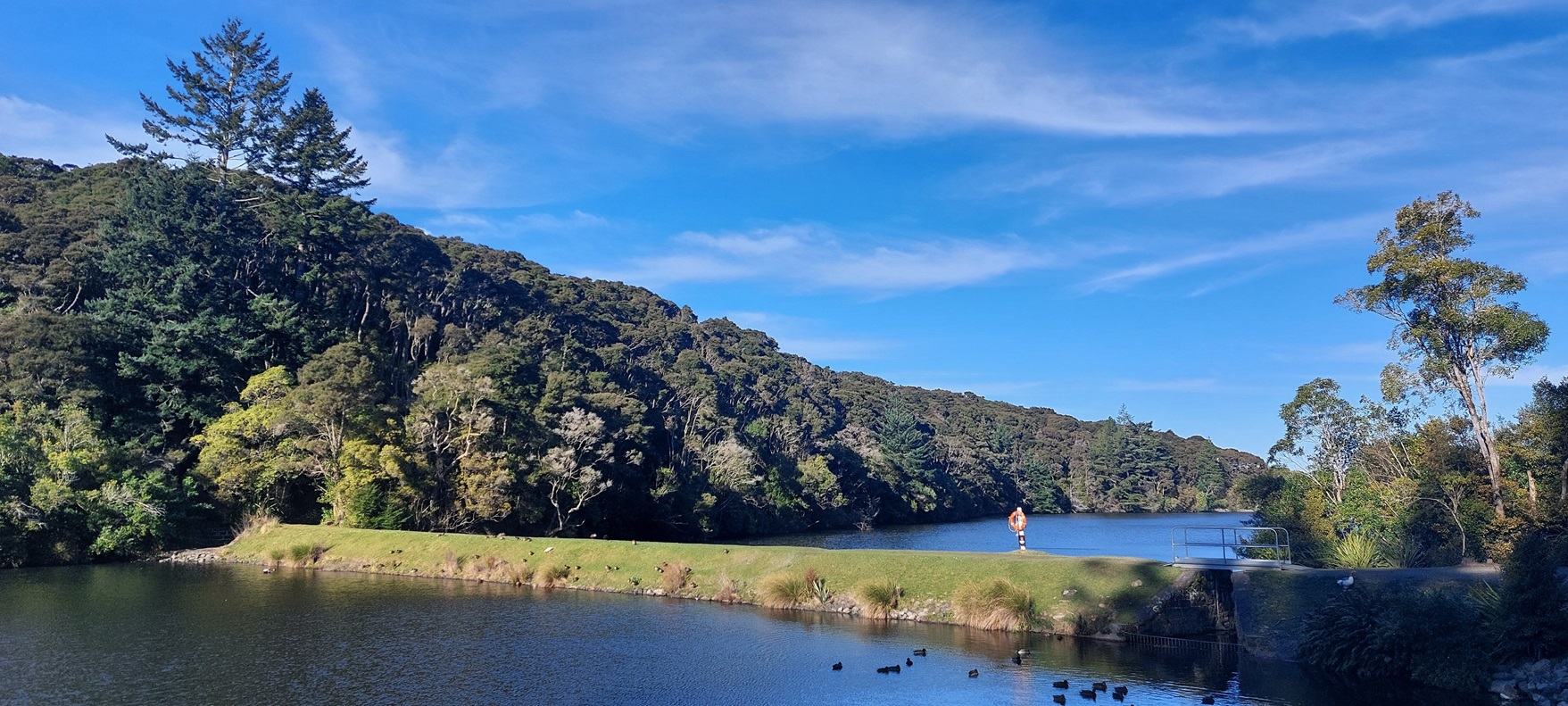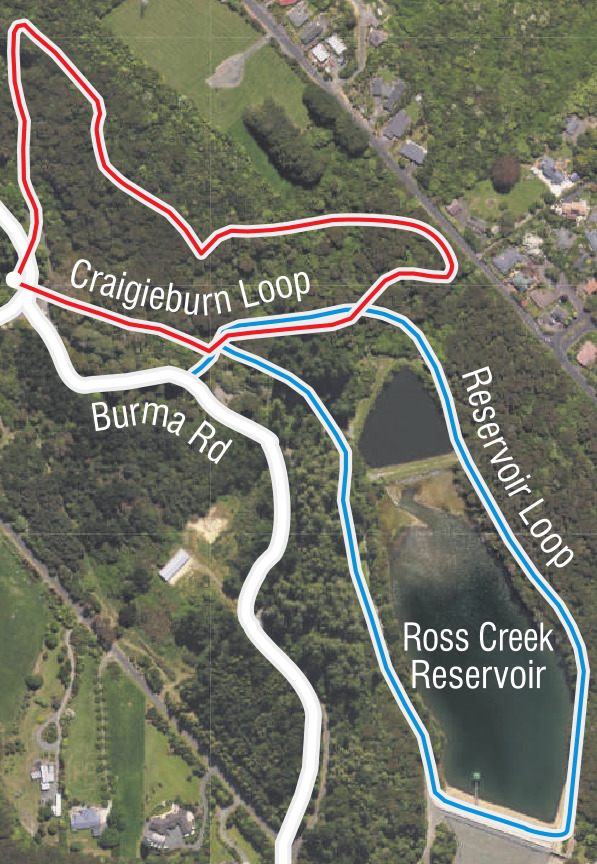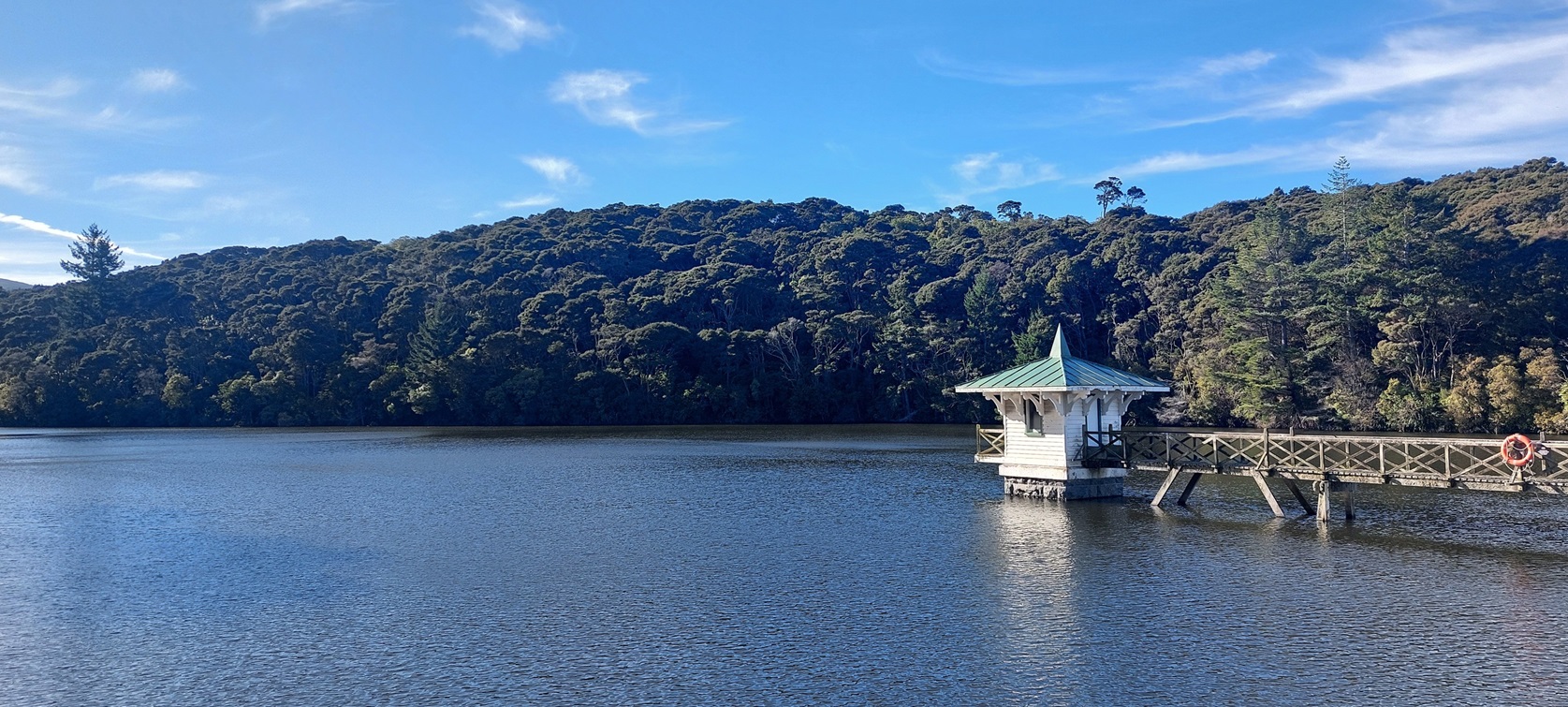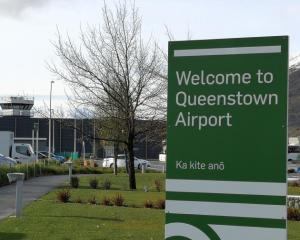

Our beloved Ross Creek Reserve is a bit of a Dunedin institution. It’s so close it’s jogable from the main street. It’s an outdoor retreat centre and it’s a gymnasium for physical and mental fitness. It’s ideal for a walk and talk. Middle aged women are onto something.
The central Reservoir Loop is flat and enticingly close to accessible — occasional undulations mean not quite. Just over 1km long, the walk takes about 15 minutes and can be started from a carpark on Burma Rd. Dogs must be leashed on this loop.

The ponds are the result of doctoring Ross Creek, a small tributary of the Water of Leith flowing from Flagstaff. Presumably, back then, Ross was a man. He’d be rapt to know how much pleasure his namesake was bringing future townsfolk.
Between the two dams is a grassy walkway. The small dam traps sediment before it reaches the big one. But the big dam has its own mechanism too, sucking sediment from the bottom.
The small dam also has drains running beside it, removing excess water and preventing flooding. To us, Ross Creek may be a bushy retreat but we’re surrounded by an underground network of cleverly designed systems still able to back up the city’s water supply today.

The country’s smallest and maybe cutest native bird, the rifleman (tītipounamu), has recently re-established a thriving population due to predator control and City Sanctuary’s predator-proof nesting boxes. Funnily enough, Ross Creek carries history for riflemen, being where their breeding biology was first scientifically described, in 1969.
Craigieburn Loop takes you above the bush. A couple of rope swings have views over the city. Cobbled dairy yards remain from a farm building begun in the 1880s and you can pick out drainage channels from the long-gone milking area. Craigieburn is on a sun-soaked grassy slope, tame enough, but fun enough for a big adventure for a toddler. Parking on Tanner Rd gives direct access.
School Creek Loop passes a full blown waterfall, whooshing in its rawness of water. It’s actually artificial, a result of the works done to create the reservoir. Thank goodness further advancements didn’t happen though — in the 1970s there was a plan to link the northern motorway and Kaikorai Valley by building a motorway through the area.

Money makes the world go round? Maybe, but maybe it’s people.
He aha te mea nui? He tangata, he tangata, he tangata.
What’s the most important thing? It is people, it is people, it is people.












